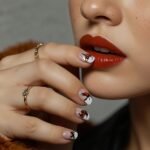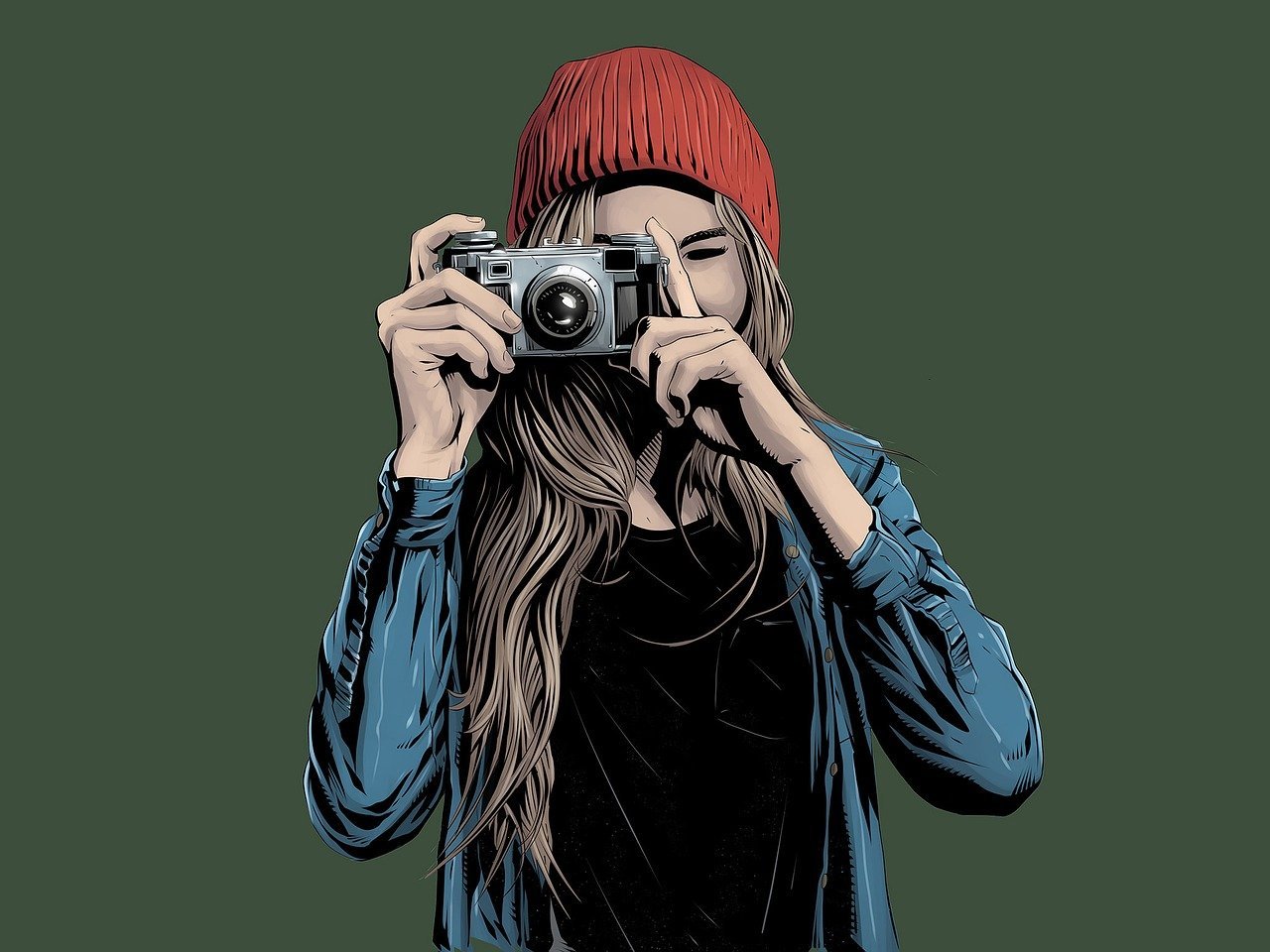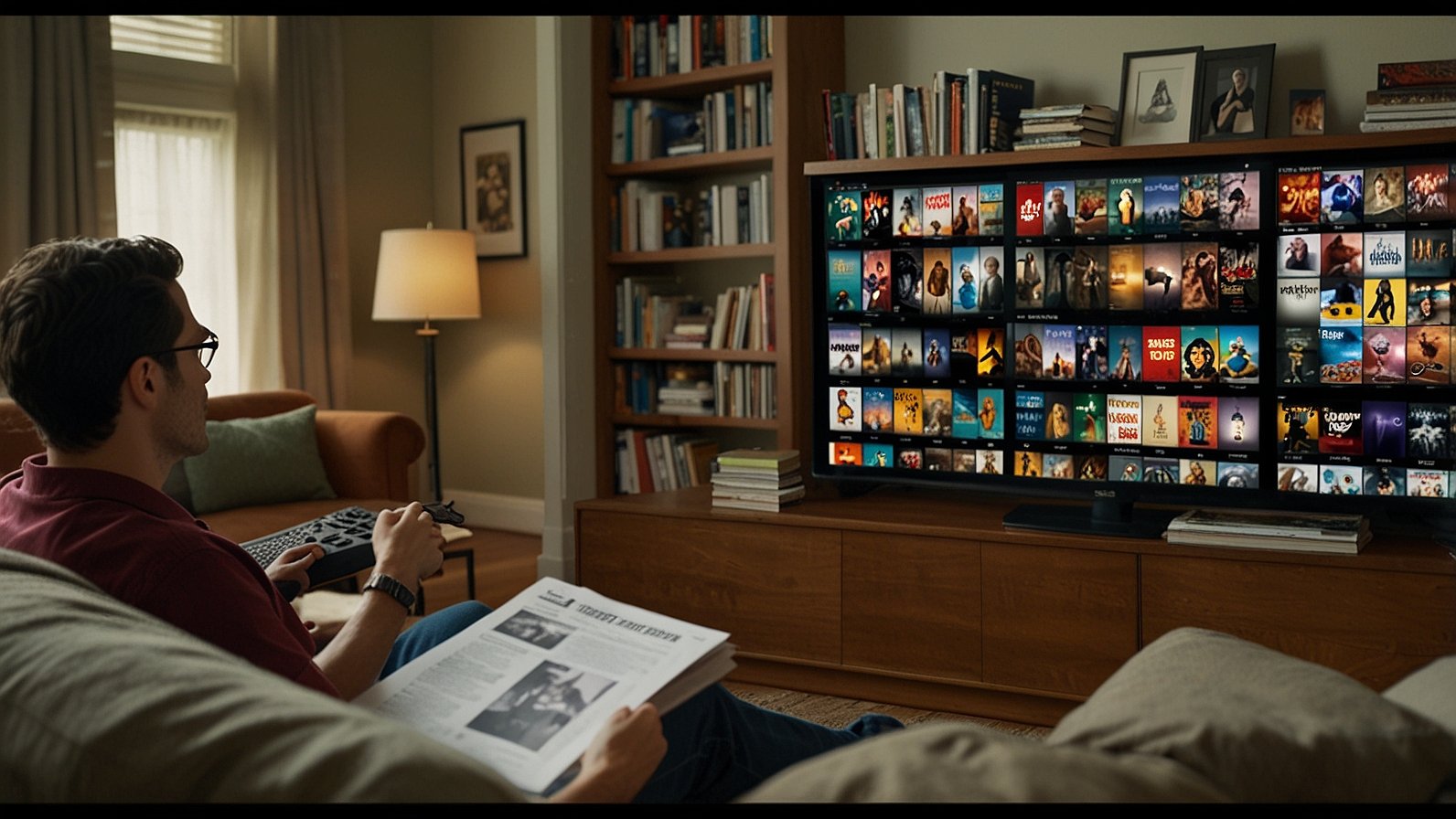Capturing the essence of household products requires more than just setting up a camera and taking a shot. It’s about transforming ordinary items into visually compelling images that catch the viewer’s eye and evoke a sense of comfort and style. Whether it’s furniture, kitchenware, or decorative pieces, home goods photography focuses on highlighting the aesthetic and functional qualities of products to make them appealing and relatable to consumers.
Styling and Lighting Techniques for Home Goods Photography
To create effective home goods photography, styling and lighting are two essential components that can’t be overlooked. Lighting plays a crucial role in setting the mood and highlighting textures, shapes, and colors. Soft, natural light often works best for home goods, as it creates a warm and inviting atmosphere that aligns with the comfort these items provide. On the other hand, controlled studio lighting is effective for highlighting intricate details, such as the finish on a piece of furniture or the texture of a textile.
Styling is equally important and should align with the brand’s aesthetic while enhancing the product’s appeal. For instance, setting up a dining table with complementary items like plates, cutlery, and a vase of flowers can create a cozy, lived-in look that makes the product more appealing. The aim is to present these items in a way that helps potential buyers visualize them in their own homes. Professional photographers who specialize in home goods product photography often work closely with stylists to ensure each element in the frame contributes to a cohesive and attractive image.
Creating an Inviting Atmosphere Through Composition for Household Products
Composition is another key aspect of successful home goods photography. The way products are arranged in a shot can significantly impact how they are perceived. For example, creating a sense of depth by layering different elements in the frame can make the image more dynamic and engaging. Similarly, using props that complement the product’s function, such as a neatly folded towel next to a bathroom item, helps create context and tells a story that resonates with consumers.
Incorporating natural elements, such as plants or wooden surfaces, can also add warmth and texture to the composition, making the image feel more welcoming. The objective is to create a scene that feels authentic and aspirational, encouraging potential customers to see these products as valuable additions to their own spaces. By applying these techniques, professionals in home goods product photography can create images that not only showcase the product but also evoke a sense of lifestyle and comfort.











